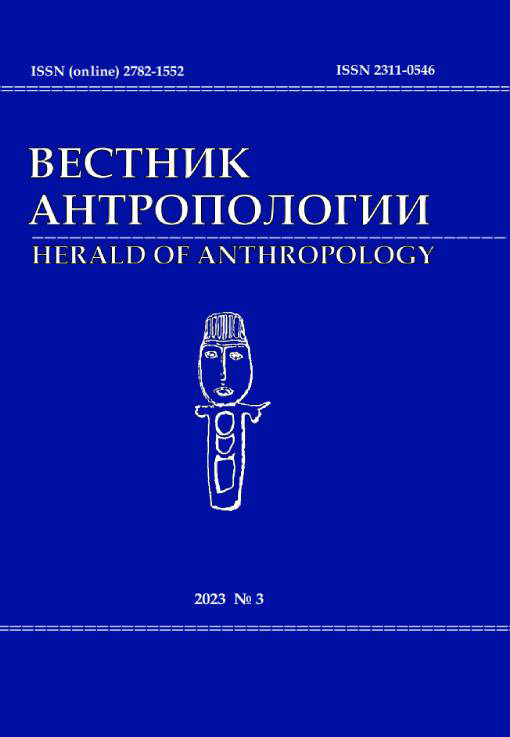Традиционное скотоводство у каракалпаков (видовой состав)
DOI: 10.33876/2311-0546/2023-3/42-51
Ключевые слова:
каракалпаки, традиционное скотоводство, состав стада, природно-хозяйственные районыАннотация
Исследование посвящено характеристике развития традиционного скотоводства каракалпаков с конца XIX в. по современность. Автор отмечает влияние природно-климатических условий на формирование состава стада и приходит к выводу, что по значимости первое место в регионе в исследуемый период занимал крупный рогатый скот, который помимо обеспечения продовольствием, использовался в хозяйстве в качестве тягловой силы. Второе место по роли в хозяйстве каракалпаков принадлежало овцам. Верблюдов и коней каракалпаки разводили в малом количестве. В первой трети XX в. в традиционном укладе жизни народа в результате политических и социально-экономических причин происходили значительные трансформации, которые отразились на скотоводстве каракалпаков. При этом на протяжении XX в. приоритеты в составе стада не менялись. В современном Каракалпакстане опыт традиционного скотоводство остается востребованным.






















